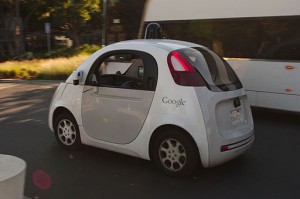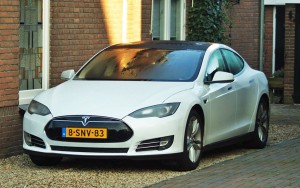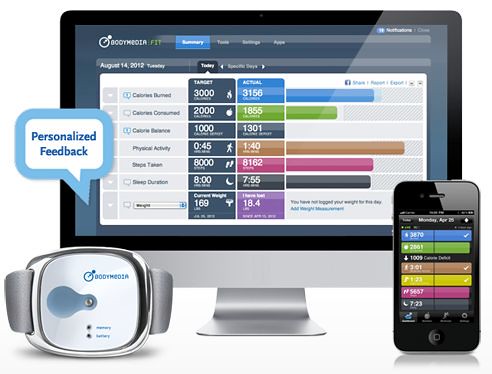Nowadays, most animated movies are made by using computer animation techniques instead of hand-drawn animation. When we watch these computer animation movies, we usually think the producers are artists with a creative mind and great drawing skills. However, not many of us have noticed that some of them are also great mathematicians. So the question is how maths is used in computer animation?
Creating an animated movie is like creating a new virtual world, where new planes need to be defined in a coordinate system. A plane is described by a set of three points or a point and 2 vectors. But imagine a world where everything is on a flat infinite plane, well, this must be a boring world. Therefore, hills, mountains, rivers, valleys are added. It sounds like an easy task, but in fact it isn’t easy at all. First, the objects are sketched by using wire skeletons which are composed by simple polygons. A mathematical methods called Non-uniform rational basis spline (NURBS) is then used to smoothen surfaces of the objects. In a TED-ed talk, Tony DeRose, a Senior Scientist and Research Group Lead at Pixar, gave a presentation about how Non-uniform rational basis spline (NURBS) was used in Pixar’s animated movies. In a paper called Subdivision Surfaces in Character Animation, which was published in 1998 by Tony DeRose, Michael Kass and Tien Truong, the application of NURBS in creating subdivision surfaces was described in detail.

Now it’s when coordinate systems get involved. As the objects are put together, coordinates are required to make sure the objects locate at where they’re supposed to be. Vectors are used to define the location of every point with respect to the origin of the chosen coordinate system. To describe the motion of an object in space, transformation matrices are used. Depending on the elements of the matrices, the transformation can be rotation, translation, enlargement, reflection or a combination of these.
The following video shows how maths is use to create more realistic animations

The above mathematical methods are only a few main methods that are used in computer animation. There are many other mathematical methods that are useful for computer animation, such as Fourier Transformation, Complex Analysis, and so on. Mathematics plays an important role in computer animation. It makes a significant contribution to the success of computer animated movies.
Ryan Tran.
Continue reading





